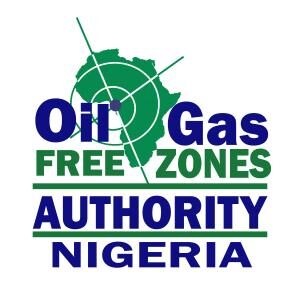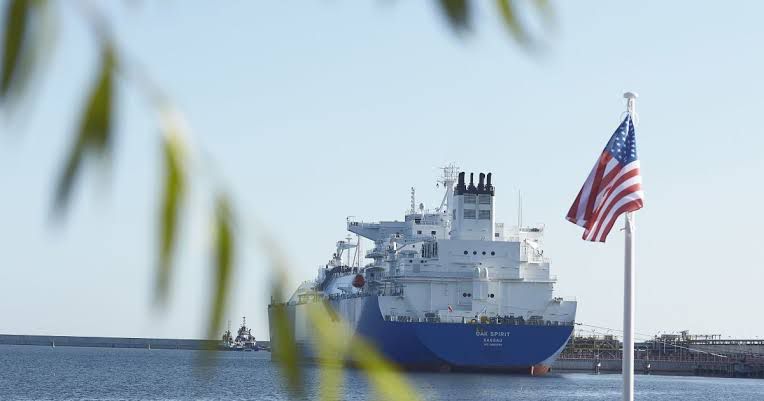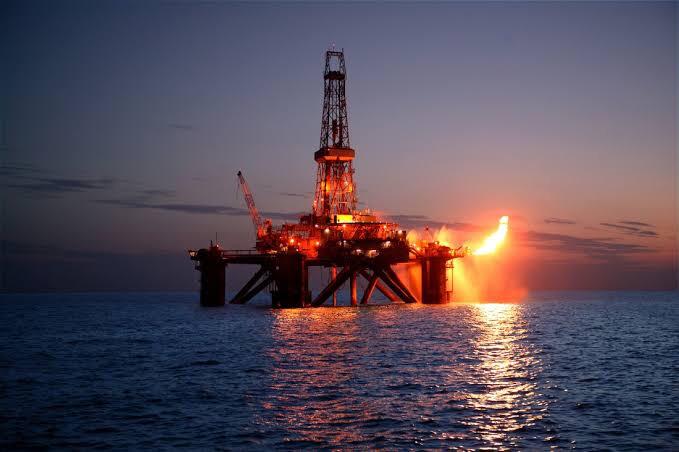The Federal Government of Nigeria has approved the Liberty Oil and Gas Free Zone for Akwa Ibom State, Nigeria. The new free zone is jointly promoted by the state government of Akwa Ibom, the National Oil Company; the Nigerian National Petroleum Corporation (NNPC) and an American private equity investor, the Black Rhino Group.
It is the largest free zone in West Africa with a physical land space measuring more than 50,00 hectares, spread across six local government areas of Ikot Abasi, Eastern Obolo, Oruk Anam, Mkpat Enin, Onna and Ibeno, all in Akwa Ibom state.
The private equity investor, Black Rhino Group, is said to have already committed over $10 billion worth of investments to the project with the potential of creating more than 7,000 long-term jobs.
The Liberty Oil and Gas Free Zone also inherited some key projects like the 115 megawatts Ibom Power Plant and the Aluminium Smelting Company of Nigeria, both located in Ikot Abasi.
Speaking on the presidential declaration of the area as a free zone, Nigeria’s Minister of Industry Trade and Investment, Otunba Adeniyi Adebayo, who also serves as the supervising minister for Nigeria’s free zones, tagged the project as a ‘game-changer.’
He said, “The Liberty Oil and Gas Free Zone is expected to generate industrial clusters that will deliver impetus to the Federal Government Industrial Revolution Plan by fast-tracking the development of related industries such as lubricant and plastics manufacturing, utilizing abundant hydrocarbon feedstocks in the zone.”
 The Managing Director of the Oil and Gas Free Zones Authority (OGFZA), Umana Okon Umana said the Authority is “excited about the project because of the prospects it holds out for the economic development of the country.” The Authority is the statutory regulator of the new free zone.
The Managing Director of the Oil and Gas Free Zones Authority (OGFZA), Umana Okon Umana said the Authority is “excited about the project because of the prospects it holds out for the economic development of the country.” The Authority is the statutory regulator of the new free zone.
One of the developers operating out of the Ibeno axis of the free zone, Qua Iboe Export Hub Limited (QIEH) already has a significant operation in place to position it as the gas processing hub for West Africa.
QIEH investments and projects up to 2023 include a 567MW gas-fired power plant which is reportedly at an advanced stage, a 15 mmscf flare elimination investment under the FG’s gas flare commercialisation programme valued at $120 million, a 3.5 million MTPA petrochemicals platform designed to produce methanol and ammonia, and a 2.0 million MTPA liquefied natural gas plant, LNG export terminal and LNG fleet network to all be developed within the aforementioned period.
Other scheduled projects for execution withing the projected period is a pipeline transport system for the supply of gas from Mobil-NNPC JV operations to meet QIEH’s requirements, a high-octane 20,00 bpd gasoline plant for the production of synthetic gasoline and the development of a logistics base and a fabrication yard to support the operations of oil production and service companies in the free zone.
It is projected that when the entire free zone comes on stream, Nigeria will become the destination for downstream investments in the oil and gas industry, with a major focus in logistics and manufacturing. The development design of the zone at full rollout will feature a Petroleum and Energy District; NNPC Logistics Centre; Business and Industrial District; Agro-allied Industrial District; and Heavy Industry District.



